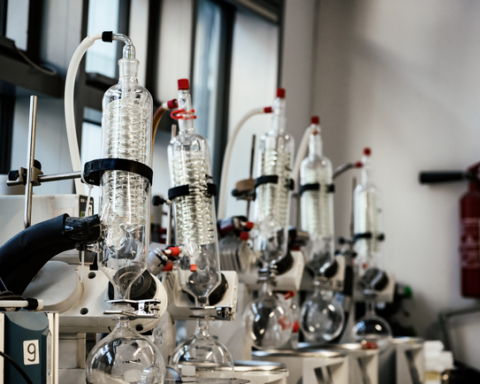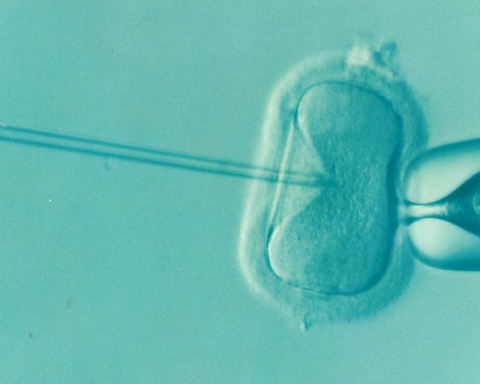The concept of sustainability is gaining more traction in society with each passing day. Human activities pose numerous risks to the environment, so many industries and sectors are looking to become more sustainable. Can medical labs switch to greener practices without affecting the quality and accuracy of their output? The answer is a resounding yes.
Here are three steps to consider for a more sustainable medical lab.
1. Switch to Energy-Efficient Medical Equipment
Reducing energy consumption is the first step to consider for a greener lab. Freezers, for example, are running without pause for extended periods. The same can be said about other pieces of medical equipment. Thus, the amount of energy used in a lab can be enormous.
Switching off equipment and electronics to cut energy costs is not an option in a lab where each process or operation has the potential to save a life. The only way to reduce energy consumption is to upgrade to energy-efficient equipment.
Thankfully, technology has brought many innovations in this area. The hydrocarbon refrigerant is an excellent example because it has a low environmental impact, yet it is highly efficient.
2. Reduce Plastic Waste
A major ecological problem in many medical labs is the excessive reliance on single-use plastic. Laboratories produce an enormous amount of plastic waste. The figures are shocking if we look at all the medical labs across the country. However, reusing items in a medical environment can lead to dangerous contamination problems. As a result, medical labs have few options available for eliminating plastic waste.
An excellent way to reduce plastic waste is to purchase plastic items in bulk rather than individually wrapped. Washing plastic containers and reusing them for non-sterile liquids is also a good idea. When working with non-hazardous chemicals, the staff can safely clean and reuse a plastic item as long as it is correctly marked.
3. Prioritize Equipment Maintenance
Another essential way to make a medical lab more sustainable is to take excellent care of the equipment to prolong its life. E-waste is a common term used to refer to electronic or electric devices discarded at the end of their useful life. Electronic waste is dangerous because it contains toxic components, such as mercury, lithium, or lead. Unleashed in the environment, they became dangerous to human health.
Medical labs can reduce electronic waste by getting the maximum use out of each piece of equipment. Equipment can last for a long time and remain reliable as long as it is maintained properly. Regular maintenance and upkeep sessions are thus essential.
Turn off equipment when it is no longer needed. Keep freezers clean and organized. Set a lab cleaning schedule and make sure the staff respects it. Protect electronic devices from heat and dust.
Final Words
Transitioning to a more sustainable lab does not have to be challenging. There are many quick and efficient ways to minimize medical waste. If medical labs adapt to the principles of sustainability, managers will also notice a significant reduction in operational costs.







